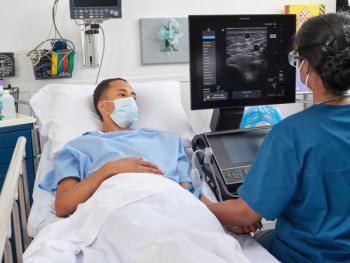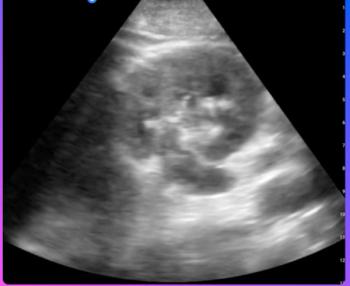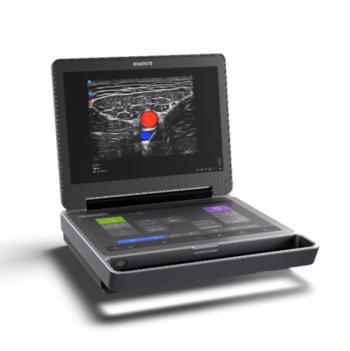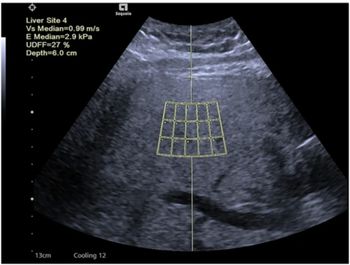
Ultrasound algorithm promises improved image quality
An advanced beamforming algorithm called the Time-domain Optimized Near-field Estimator (TONE) substantially improves the contrast and resolution of ultrasound images, according to its developers, a group of biomedical engineers at the University of Virginia School of Engineering and Applied Science.
An advanced beamforming algorithm called the Time-domain Optimized Near-field Estimator (TONE) substantially improves the contrast and resolution of ultrasound images, according to its developers, a group of biomedical engineers at the University of Virginia School of Engineering and Applied Science.
Led by William F. Walker, an associate professor of biomedical engineering, the team created TONE using Star-P software from university spin-off Interactive Supercomputing, which was launched in 2004 to commercialize the software. Star-P merges two previously distinct environments - desktop computers and high-performance servers - into one.
Beamforming algorithms, long used in ultrasound scanners, are prone to producing degraded images due to the processing of off-axis signals caused by sound wave reflections from within the organ or tissue, according to Walker. The TONE algorithm solves this problem, but, until recently, the solution came at a high price.
An early form of the TONE algorithm successfully reduced off-axis signals, leading to higher definition images, but the calculations overwhelmed the processing ability of the computer onboard the scanner. The Virginia team solved this problem by using Star-P to adjust the algorithm to run on a memory-rich IBM Linux cluster.
Measurements made at the University indicate that the results are impressive: The algorithm can be used to generate images with 67-micron resolution compared with a typical ultrasound resolution range of between 200 and 300 microns.
In addition to radiology, the TONE algorithm has applications in radio astronomy and seismology.
Newsletter
Stay at the forefront of radiology with the Diagnostic Imaging newsletter, delivering the latest news, clinical insights, and imaging advancements for today’s radiologists.




























